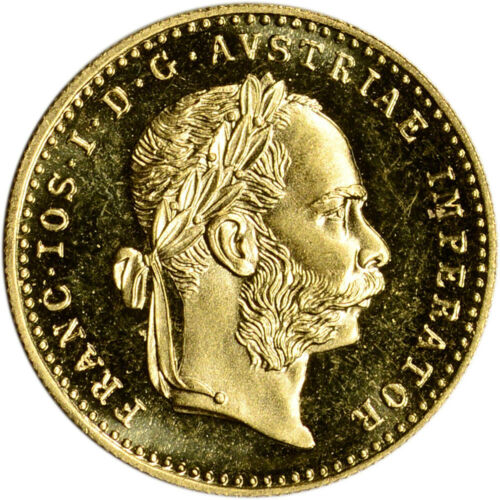-40%
1745, Austria, Empress Maria Theresa. Silver "Peace of Füssen" Medal. NGC UNC+
$ 295.44
- Description
- Size Guide
Description
CoinWorldTV1745, Austria, Empress Maria Theresa. Silver "Peace of Füssen" Medal. NGC UNC+
Mint Year: 1745
Mint Place: Vienna
Medallist: Heinrich Fuchs (H. Fuchs)
Reference: Julius 2169, Montenuovo 1753.
Condition:
Certified and graded by NGC as UNC (Details: Holed!)
Denomination: Medal -
Maria Theresa / Peace of Fussen/Dresden (a peace treaty signed at Füssen, between the Electorate of Bavaria and Habsburg Austria).
Weight: 21.88gm
Diameter: 45mm
Material: Silver
Obverse:
Draped figure of Maria Theresa right.
Medallist´s signature (HF) below arm truncation.
Legend: M : THERESIA . D : - G : R : I : HU : BO : REG :
Reverse:
Sword and olive-spray in saltire on cornucopia from which a wreath and
a palm-spray are pouring down among a shower of coins and jewelry.
Legend: * IUSTITIAM ET CLEMENTIAM COMITATUR FELICITAS
The
Peace of Füssen
(German: Frieden von Füssen) was a peace treaty signed at Füssen, between the Electorate of Bavaria and Habsburg Austria. Signed on 22 April 1745, it ended the participation of Bavaria on the French side in the War of the Austrian Succession.
After the conquest of Prague by Bavarian and French troops on 26 November 1741, Elector Charles Albert of Bavaria, with French and Prussian support, declared himself King of Bohemia and was elected Emperor Charles VII on 24 January 1742. Charles Albert was then crowned on 12 February.
On the same day as his coronation in Frankfurt, however, Austrian troops occupied Bavaria and Hungarian hussars plundered Munich and the Bavarians were forced also to evacuate Bohemia which they had occupied for a few months. With French assistance, Charles VII fought Austria for three years, but was unable to secure victory.
When Charles VII died in Munich on 20 January 1745, his successor as Elector of Bavaria, Maximilian III Joseph, signed a preliminary peace with Austria. But a strong war-party led by Ignaz von Törring and supported by France wanted to continue the war.
After the decisive defeat in the Battle of Pfaffenhofen on 15 April, Maximilian Joseph chose for peace.
The formal peace treaty signed in Füssen consisted of seventeen articles, two side articles, and a secret additional clause.
Maximilian abandoned his father's claim on Bohemia and recognized the Pragmatic Sanction of 1713. Austria did not demand any reparations and recognized the legitimacy of Charles VII's election as Holy Roman Emperor. Maximilian III promised to support the imperial candidacy of Maria Theresa's husband and future Habsburgs, Francis Stephen of Lorraine, and to influence the votes of the Electorate of the Palatinate and the Electorate of Cologne, both ruled by the Wittelsbach.
The treaty was signed by Joseph Fürst zu Fürstenberg for Bavaria and Rudolf Graf von Colloredo for Austria.
Authenticity unconditionally guaranteed.
Bid with confidence!
Maria Theresa
(German:
Maria Theresia
, see also names in other languages; May 13, 1717 – November 29, 1780) was the Archduchess regnant of Austria, Queen regnant of Hungary, Croatia and Bohemia, and a Holy Roman Empress by marriage.
Maria Theresa helped initiate financial and educational reforms, promoted commerce and the development of agriculture, and reorganized the army, all of which strengthened Austria's resources. Continued conflict with the Kingdom of Prussia led to the Seven Years' War and later to the War of the Bavarian Succession. She became dowager empress after the death of her husband Francis I, Holy Roman Emperor and accession of her son Joseph as emperor in 1765.
Maria Theresa criticised many of Joseph's actions but agreed to the First Partition of Poland (1772). A key figure in the power politics of 18th century Europe, Maria Theresa brought unity to the Habsburg Monarchy and was considered one of its most capable rulers. Her 16 children also included Marie Antoinette, queen consort of France, and Leopold II, Holy Roman Emperor.
Only 1$ shipping for each additional item purchased!












